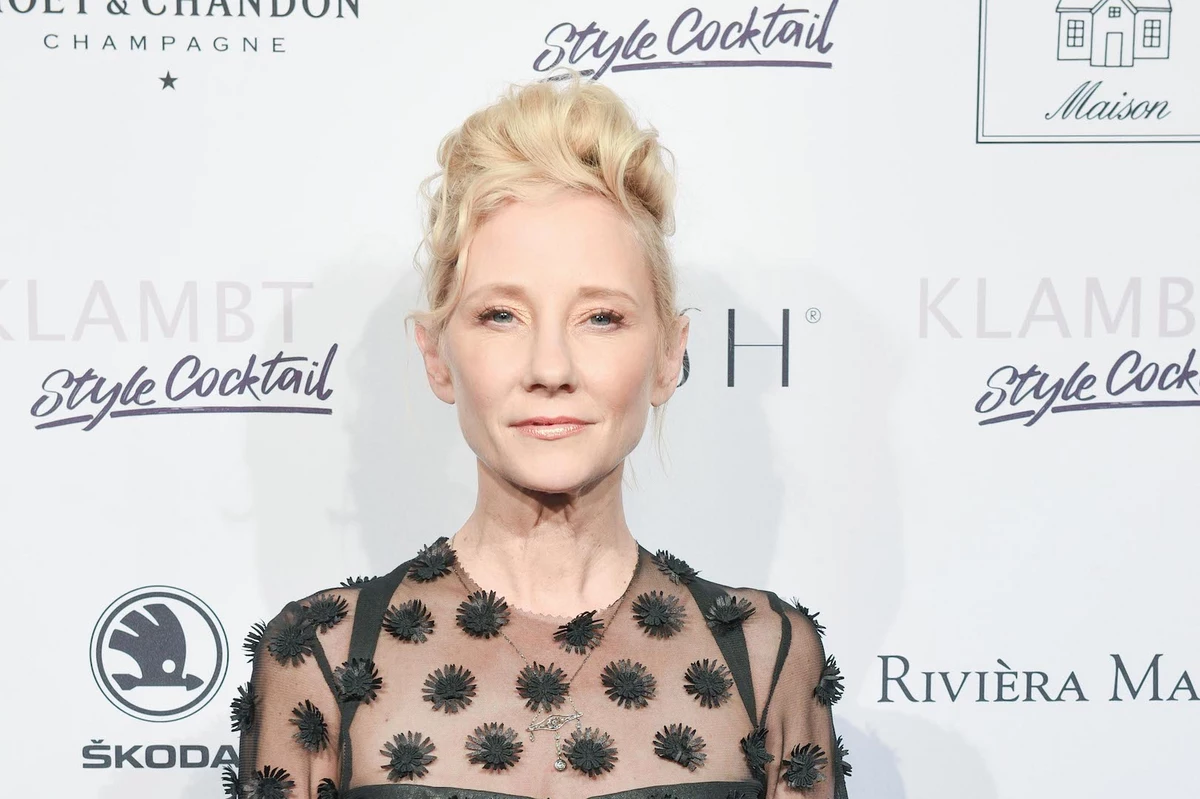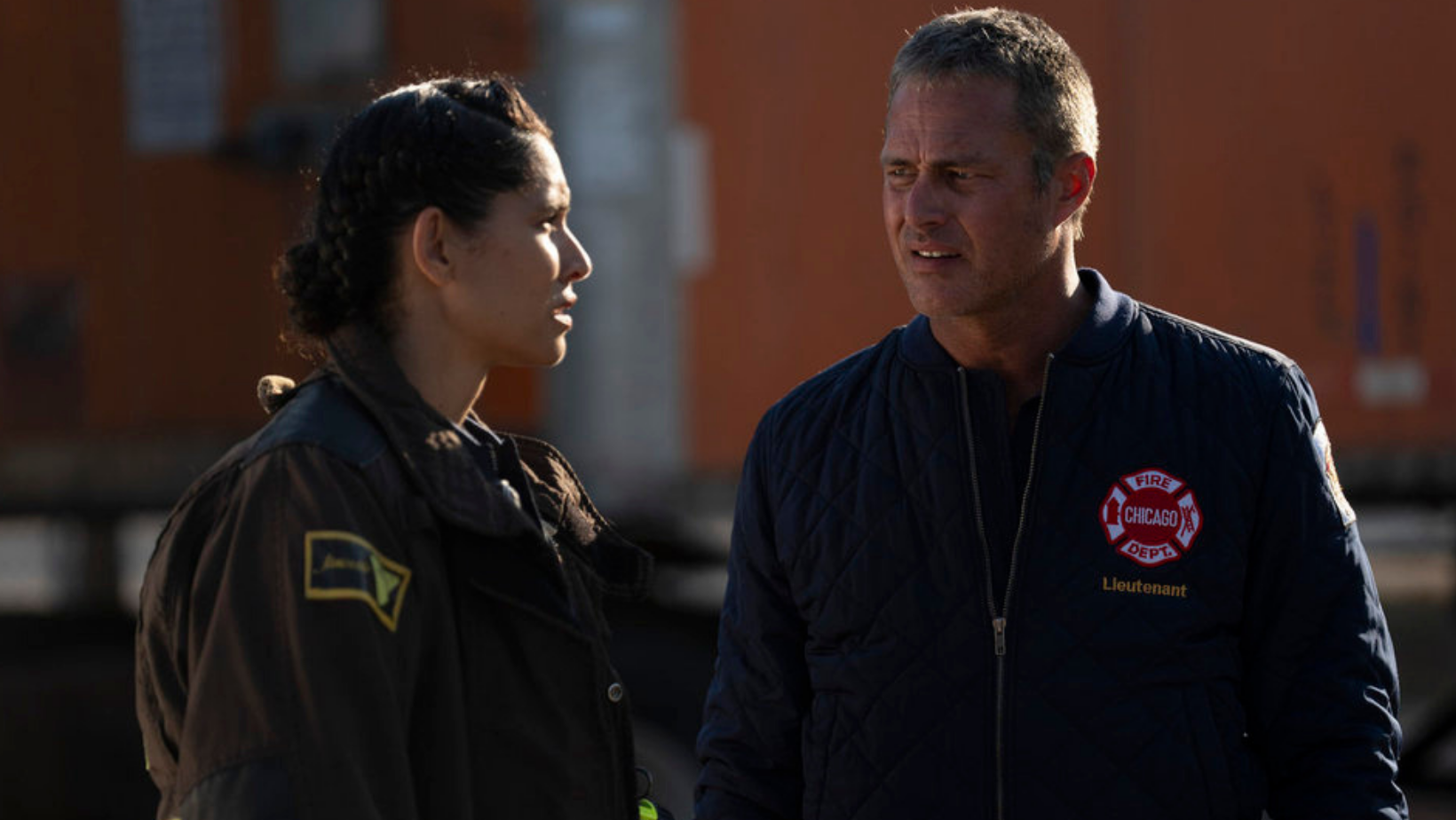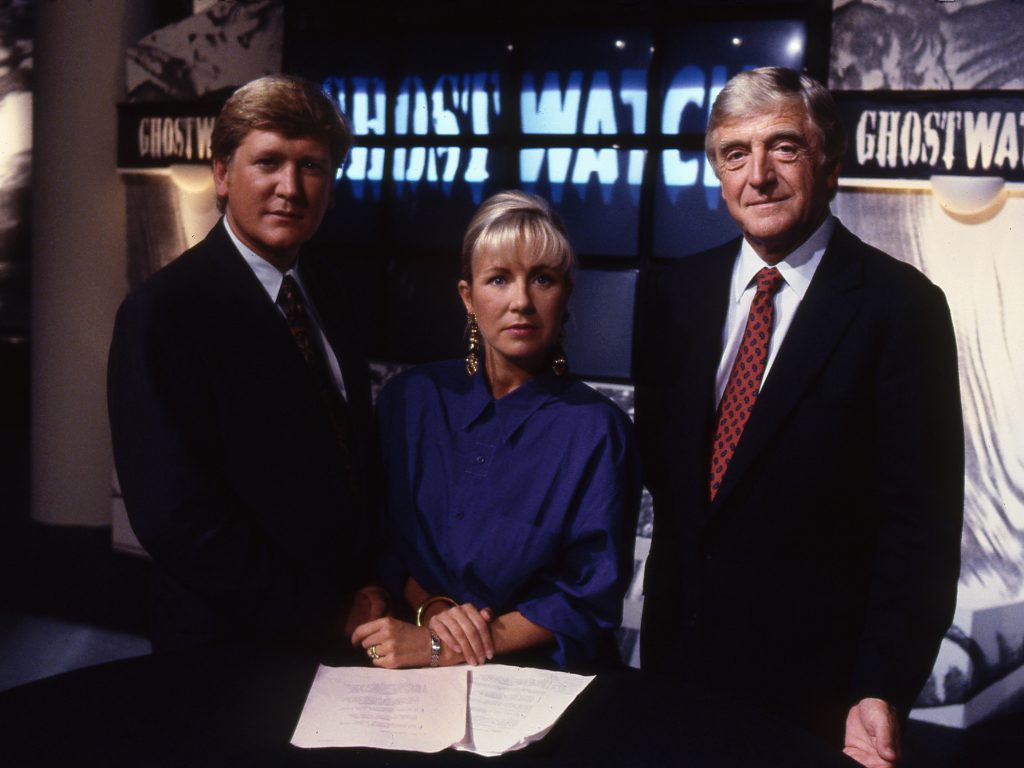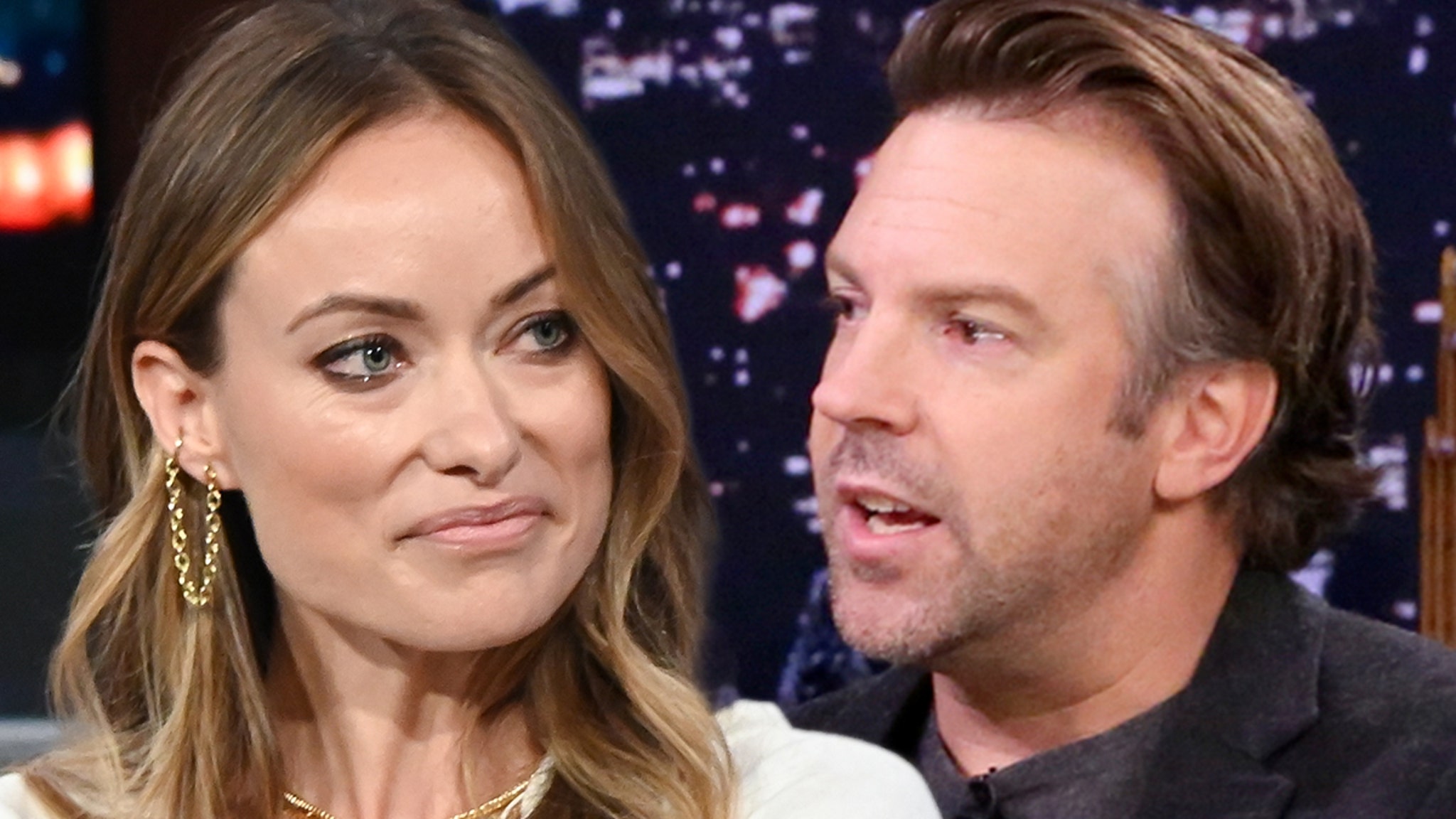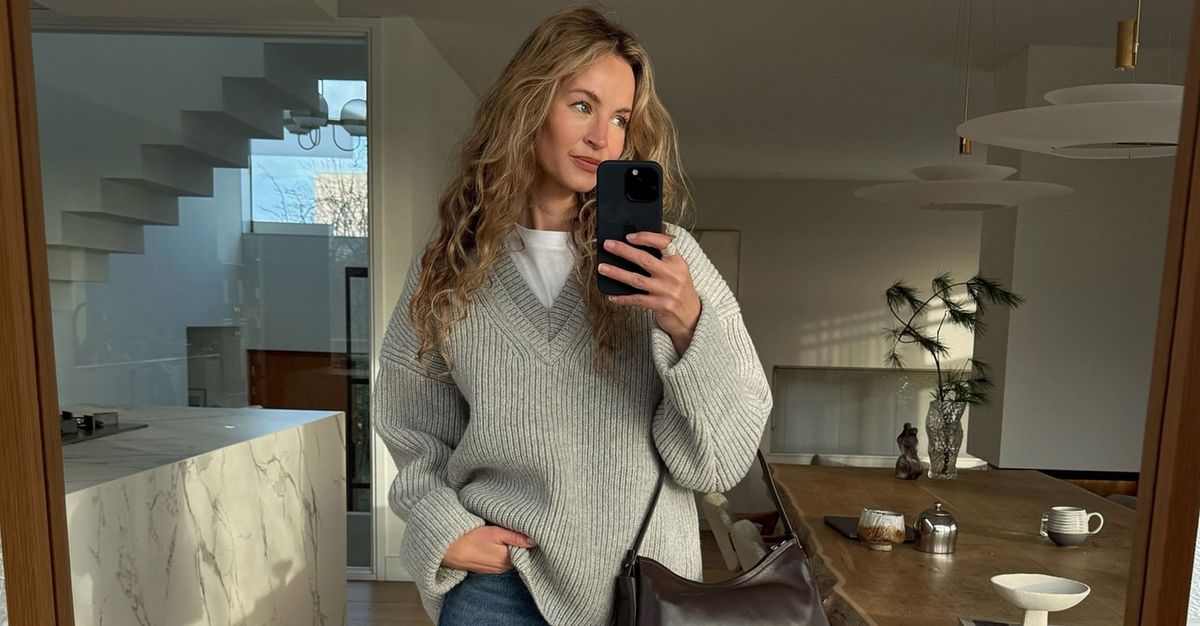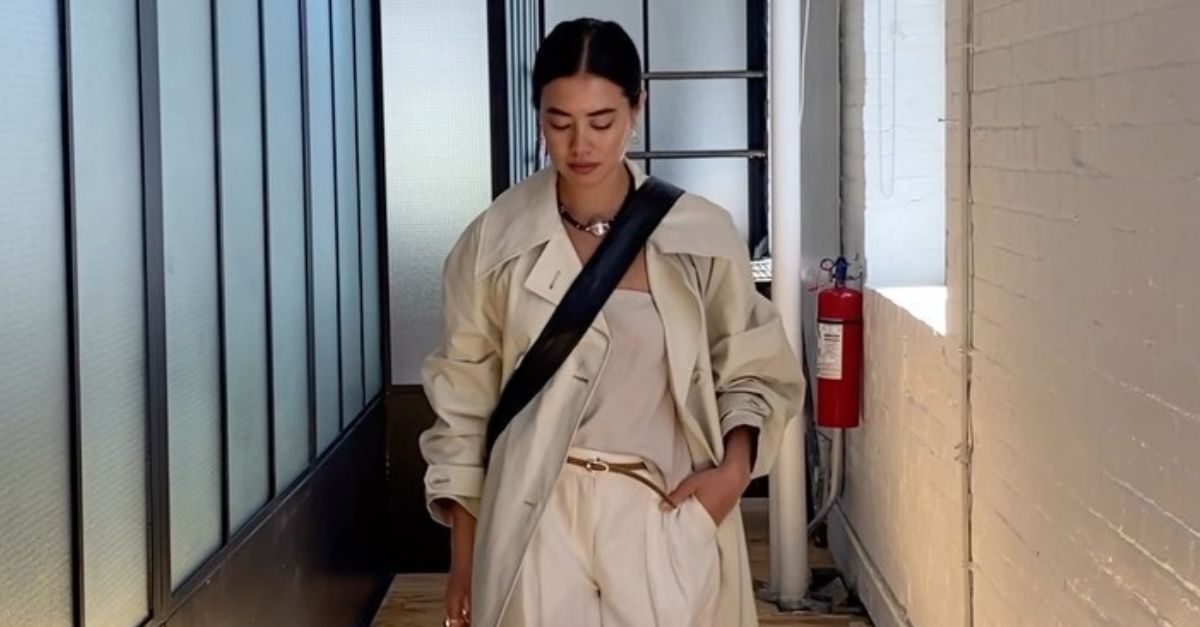[Editor’s note: The following contains spoilers for A League of Their Own, Season 1 Episode 6, “Stealing Home.”]
As A League of Their Own co-creator/star Abbi Jacobson tells Consequence, the original film which inspired her new Amazon Prime Video series “is iconic and important to all of us. It’s just people’s favorite movie. So the film doesn’t need to be remade — and we were really focused on telling the stories that were not told in the film for whatever reason.”
Those reasons might include, in Jacobson’s words, “the limitations of what stories people were telling in 1992.” For a lot of things have changed between 1992 and 2022, but here’s a big one: Jacobson feels pretty sure that the adaptation’s groundbreaking approach to LGBTQ+ representation could only happen today: “I think a lot of shows have one queer character, and this show has a wide range of characters queer in all different kinds of ways, in incredibly different kinds of ways. I think that that felt only possible right now,” she says.
“They Expanded the Lens”
Streaming now on Prime Video, A League of Their Own (like the film before it) is based on the true stories of women who played in the 1943 inaugural season of the All-American Girls Professional Baseball League. But while the first season spotlights new Rockford Peaches catcher Carson Shaw (Jacobson)’s journey, Jacobson and co-creator Will Graham were able to use these eight episodes to also tell stories about a diverse range of backgrounds and points of view — including that of people of color.
Central to this approach is the character of Max (Chantè Adams), a Black woman who tries to try out for the League — even after being rejected on the basis of her skin color, the show continues to follow her efforts to find a team that will accept her.
“When I got the audition, I was a little confused because I don’t remember women who looked like me being a core part of the film — we all remember that one iconic scene where the Black woman throws the baseball back to Geena Davis — but even still,” Adams says. “But, once I read the script I was like, okay we’re uncovering something different here and this could be really special… Just being given the opportunity to possibly shed light on their stories which the world does not hear as often as we should.”
The character of Max was inspired by three real women who played in the Negro Leagues during this time — Toni Stone, Mamie Johnson, and Connie Morgan. Desta Tedros, one of the show’s writers and executive producers, observes that even though the stories of these women are set in such a specific place and time, “I’m a Black queer woman, and their stories are, in a lot of ways, my stories still. I think there’s a timeliness and a timelessness to it.”

A League of Their Own (Prime Video)
Tedros also notes the impact of stories shared by people including real-life player Maybelle Blair, who “is and was queer and had to navigate living that. When she talked about the league, she was like, ‘It was a party.’ The celebration of the joy that we found in a lot of the stories was surprising and exciting for me.”
Field agrees. “Just knowing from Maybelle and some of the original players that this was a part of their experience — the fear that they felt, but also the thrill that they felt, doing this thing that they loved for the first time, something that they were so good at… I think that this show captures that really well,” says Field. “The confidence I imagine they felt in this new environment, being willing and able and in some cases ready to step into this part of this identity, if only for a short period of time — I was really excited when I read that.”
As Tedros says, “Queer women have always played sports, in general and in Maybelle, talking to the league historian, there were a lot of queer women — also a large number of straight women.” Because of this research, proving that queer people were a big part of the league makeup, “we could step into what really was the story. Sometimes it’s like ‘Oh, you’re adding this piece,’ but I’m like, ‘That is the piece — that is a part of it.’”
Learning from the real former players made a huge difference, Graham says, “because there was so much in those stories that the problem immediately became ‘Okay, what do we do first?’ In listening to Maybelle and dozens of other players that we talked to, some of who were queer and some of who weren’t, the stories kind of told us what it wanted to be and we just had to not screw it up. Hopefully, we didn’t.”
“I like that [the writers] didn’t hold back — they really opened it up, they expanded the lens, they pulled back the curtain,” says D’Arcy Carden, who plays first baseman (and Carson’s love interest) Greta. “We really get to know this big group of people and get to follow them — it was thrilling to be a part of it, but also watching it, I was so invested in everybody’s story.”
The emphasis on inclusion also stretches to race, for both the show’s Black and Latinx characters. “We don’t have that kind of privilege with American content, of what Latinos were up to in any point of history, until now,” co-star Roberta Colindrez says. “The way that Latino people were included in the league was actually in a weird, problematic way, but it changed the lives of these women and it gave them access to things that a lot of people from the same demographics didn’t have access to. So it was very moving and powerful, and confusing, and it’s cool to explore these stories.”


























































![Mason Ramsey – Twang [Official Music Video] Mason Ramsey – Twang [Official Music Video]](https://i.ytimg.com/vi/xwe8F_AhLY0/maxresdefault.jpg)






